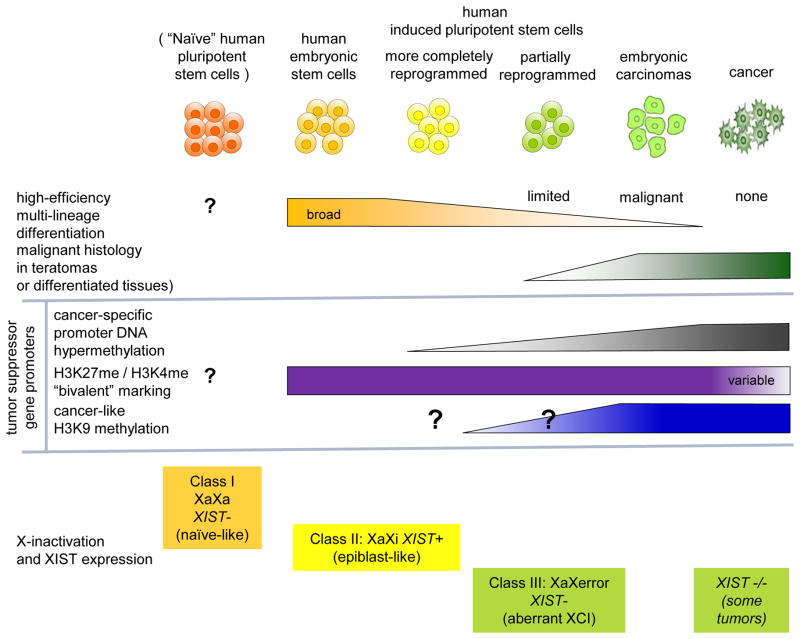Figure 1. Schematic model for the constellation of epigenetic derangements that stratify human pluripotent stem cells (hPSC) on a continuum of tumorigenic potential.
Among the best characterized of the hPSC derangements to date include variant degrees of cancer-specific CpG DNA hypermethylation and H3K9 histone methylation (especially on stem cell-like “bivalent” marked gene promoters), as well as aberrant regulation of X chromosome inactivation. Despite similarities in superficial measures of molecular pluripotency, hPSC exhibit a spectrum of variation in differentiation potency or “functional pluripotency” (orange bar), varying from a high-quality naïve ground state or primed epiblast stem cell (EpiSC)-like hPSC with broad differentiation potential, to hPSC with more limited differentiation potential and formation of more cancer-like histology upon differentiation. Growing evidence suggests that this spectrum of differentiation potency inversely correlates with degree of cancer-like epigenetic derangements. Associated cancer-like epigenetic derangements include cancer-specific promoter hypermethylation (grey), especially in association with bivalent marking (purple); degree of cancer-like H3K9 methylation (blue), and aberrant X-chromosome regulation (XIST- XaXerror, see bottom).

